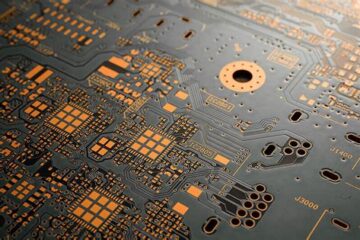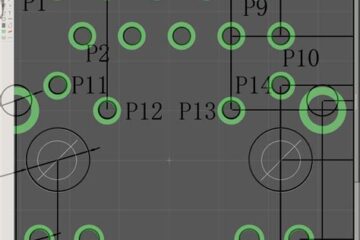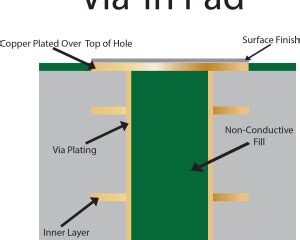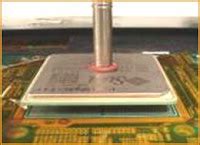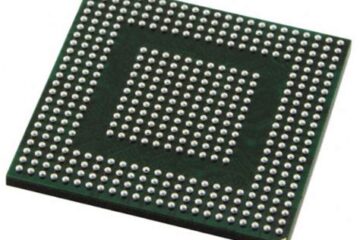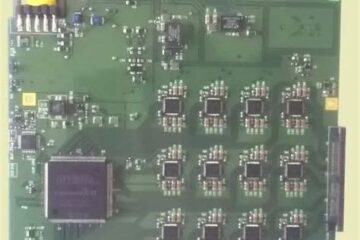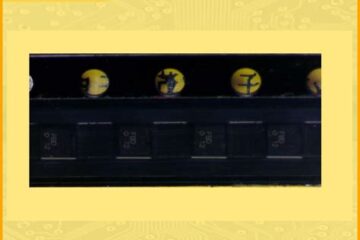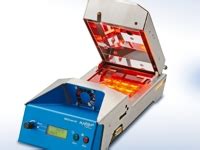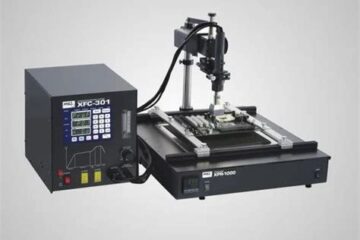PCBA
PCB pads introduction
What are PCB pads? PCB pads, also known as solder pads or landing pads, are conductive areas on a printed circuit board where electronic components are soldered. These pads provide a surface for the component leads or pins to be attached, enabling electrical connectivity between the component and the PCB traces. Key Features of PCB Pads Conductivity: PCB pads are made of conductive materials, typically copper, to ensure efficient electrical connectivity. Size and Shape: Pads Read more…
